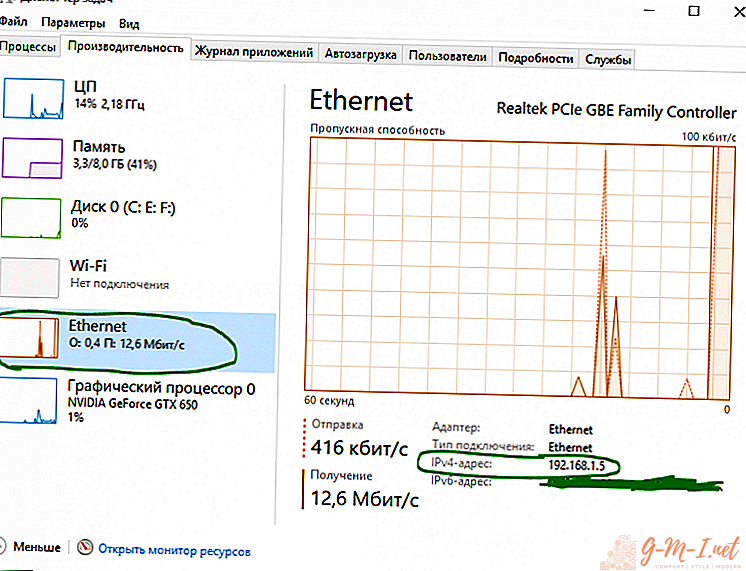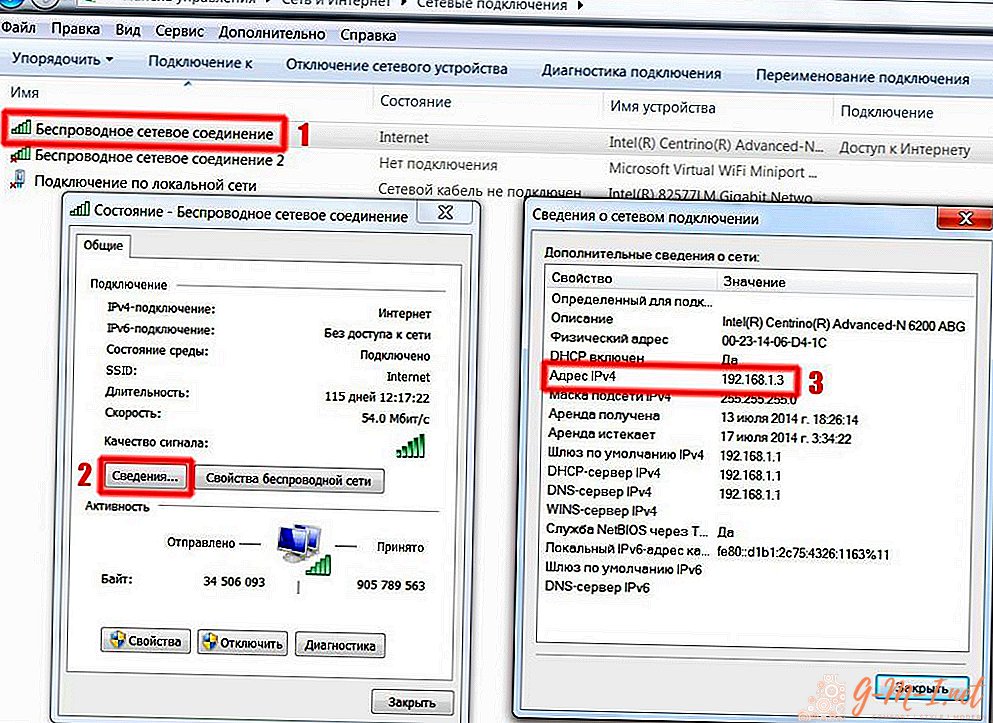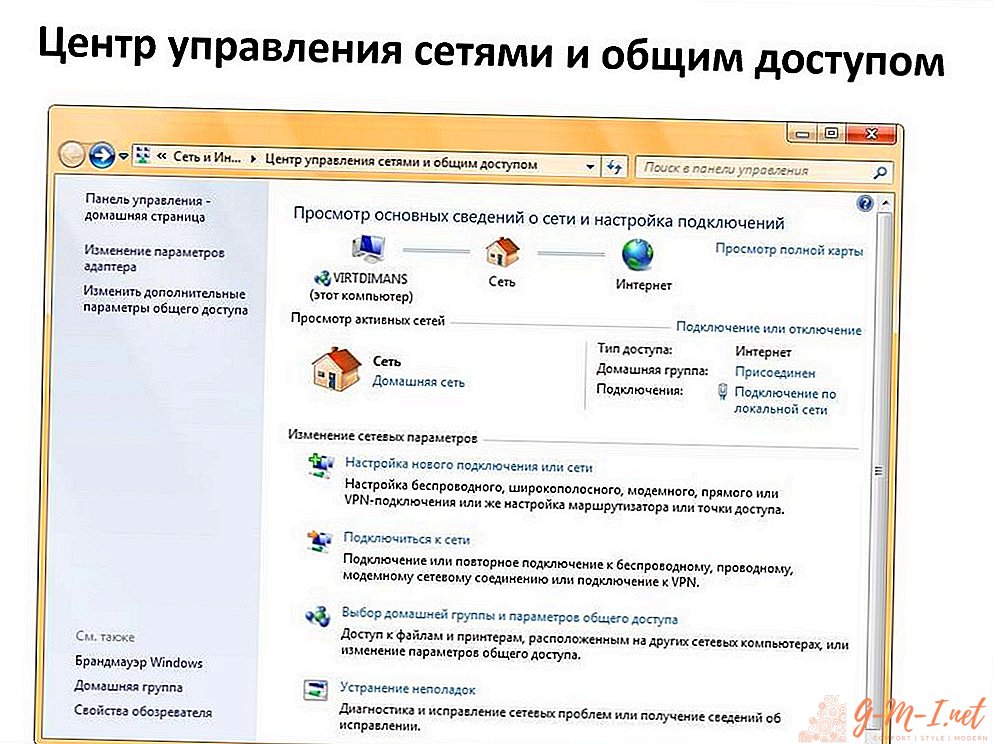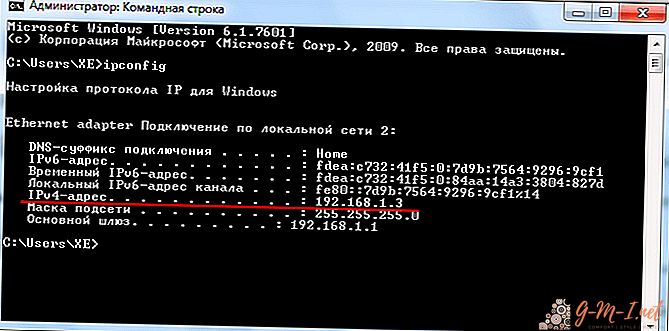 When setting up a network, you often need to specify an IP address. An inexperienced user is quite difficult to understand what it is and where it is located. In this article, we will talk in detail about all the subtleties of your laptop ID.
When setting up a network, you often need to specify an IP address. An inexperienced user is quite difficult to understand what it is and where it is located. In this article, we will talk in detail about all the subtleties of your laptop ID.
Each person has his own home address. He lives in a certain city on such and such a street in a specific house and apartment with such and such a number.
When you turn on the computer on a local network or connect to the Internet, it is also assigned its own individual address. This is what is called the IP address of your device.
To date, there are two versions: IPv4 and IPv6. The last (128-bit recording code) appeared due to the fact that the possible free addresses when writing them in the 32-bit code (IPv4) are already missing. Therefore, when creating new networks, IPv6 is used. But this information concerns little user. To create a local network, the fourth version will be enough for you.
IP consists of a host code and a network code and consists of four groups of 1-3 digits. It looks something like this: 192.168.1.20. It should be noted that distinguish between internal and external addresses. What's the Difference? Only that the internal IP determines the designation of your device on the local network, and the external one on the global (Internet).
Attention! What is all this for? In a corporate (local) network using IP, a specific computer communicates seamlessly with another. The Internet address guarantees the security of the information entered. For example, using an external IP, electronic wallets can be configured so that you can enter it from only one device.
You have already seen that everything is not as complicated and incomprehensible as it seems. Now we offer the most detailed instructions explaining how to find out the identifier of your computer.
Through the Task Manager
The procedure for determining through the "Task Manager":
- First of all, we open the dispatcher himself. You can do this by pressing the "Shift", "Ctrl" and "Esc" keys on the keyboard simultaneously.
- In the window that appears, go to the "Performance" section.
- In the list on the left we find the Ethernet tabs for finding the internal IP address and Wi-Fi for the external one.
- Under the graphs, among other network parameters, your address will be indicated.

Using the Options Tab
The sequence for determining IP through "Parameters" is as follows:
- Open the "Start". In the lower left corner, click on the gear icon ("Options").
- In the window that opens, we are interested in the section "Network and Internet", we go into it.
- In the left menu, select "Wi-Fi" or "Ethernet" (depending on which connection method you use).
- We click on the line "Equipment Properties" - here all the information you are interested in will be presented.

Using system information
At the same time, press the "Win" and "R" keys on the keyboard to open the "Run" window:
- in an empty line we type the command msinfo32;
- in the list on the left we find the “Components” submenu, in which we open “Network” and then “Adapter”;
- we find the name of the used network adapter, where the necessary IP will be registered.

Using Network Adapter Information
Go to the "Control Panel" (you can type in the search):
- open the category "Network and Internet" - "Network and Sharing Center";

- select "Change adapter settings" in the menu on the left;
- click on the connection icon that you are using (Ethernet - wired, Wi-Fi - wireless), double-click the left mouse button;
- in the window that opens, click the "Details" button, where the address is located.
With PowerShell
PowerShell on Windows 10 is a classic command-line application. In order to use it, it is enough in the search (magnifying glass icon in the toolbar below) to enter "windows powershell". We need to run as administrator, so right-click on the program shortcut and select this action item from the list. Further:
- enter the command "Get-NetIPAddress" and press "Enter" on the keyboard;
- the program will automatically start outputting all IP addresses connected to this computer.
Via command line
Procedure:
- in search we type "cmd" - the command line opens;
- enter the command "ipconfig" - among other information about the connection, you can easily find the identifier you need.

In addition to all the methods discussed, another one works specifically for the external IP address:
- open yandex.ru in any browser;
- in the search bar, enter "IP", after which a large frame with your public address will appear at the top.

Below in the same frame there will be a link “Learn all about your connection”, by clicking on which you can open the “Internetometer”. This tool is designed to collect all the technical information necessary for the user about the connection. Here you can also measure the speed of the Internet by clicking the appropriate button.
Reference! In addition to the proposed standard solutions, you can use special services that provide the most detailed information. For example, sites: 2ip.ru and ip-ping.ru.
Now you can easily find both your internal IP address and external.







Leave Your Comment